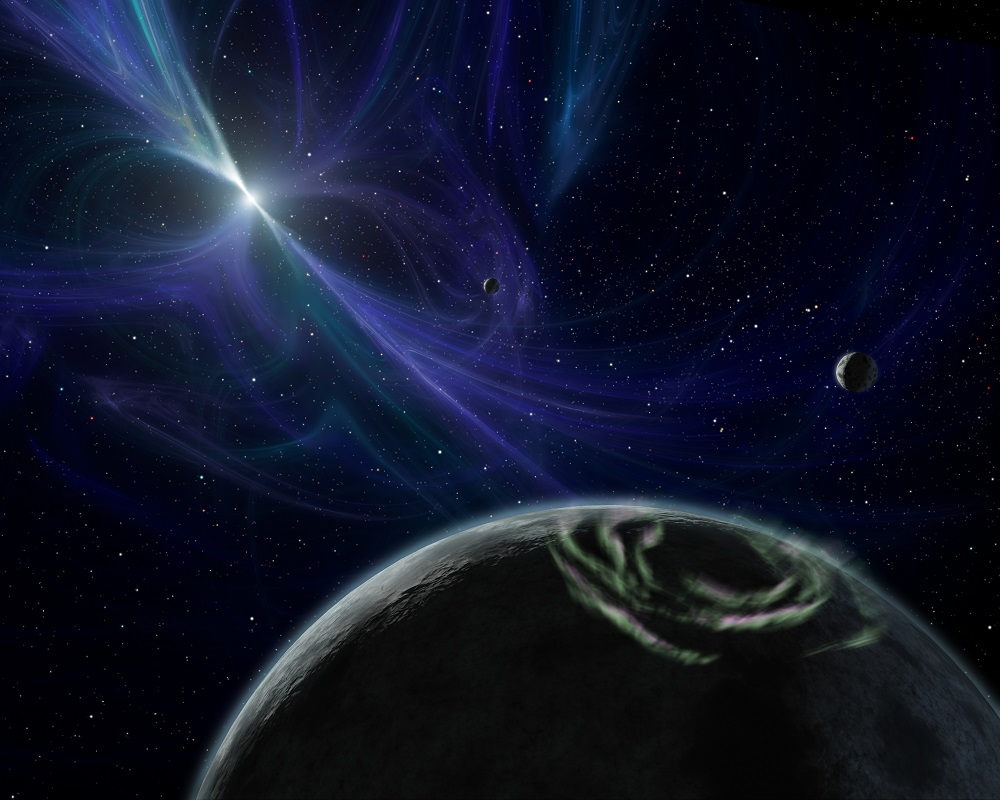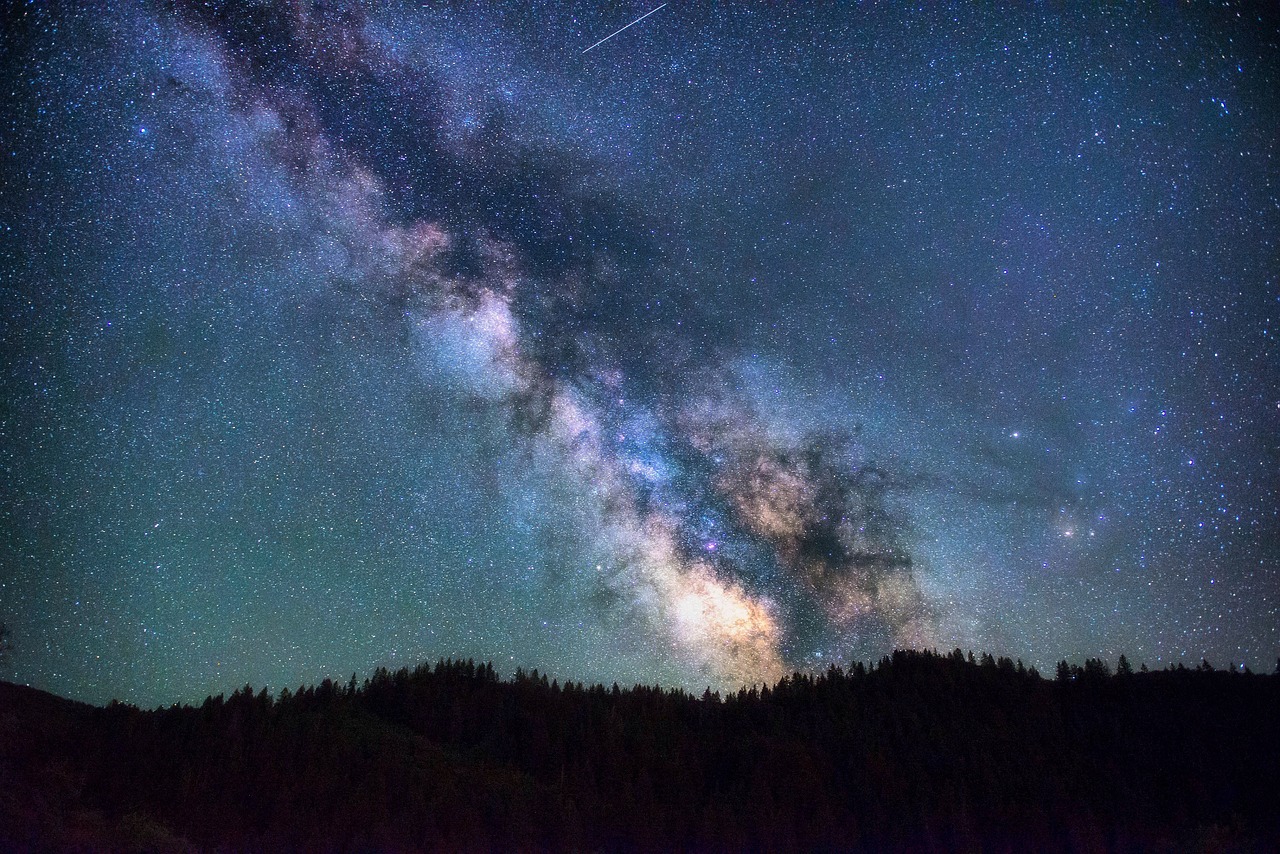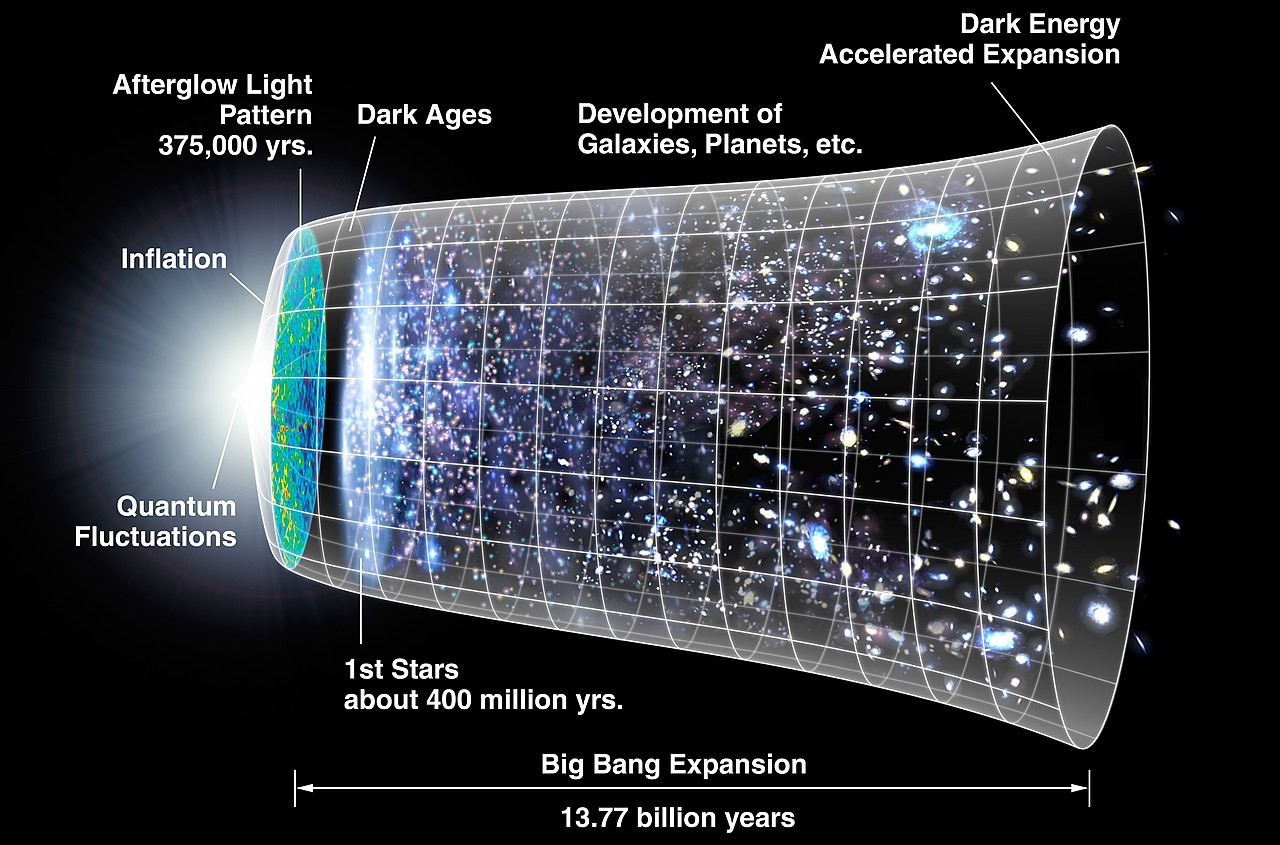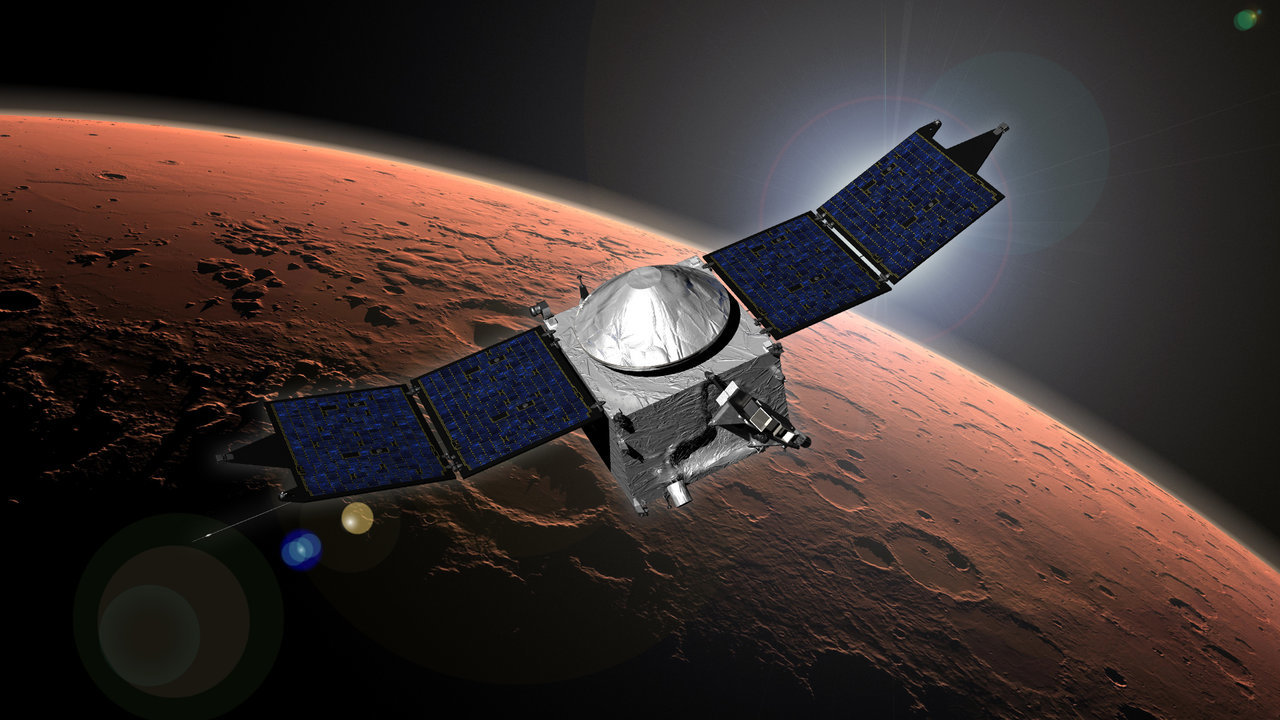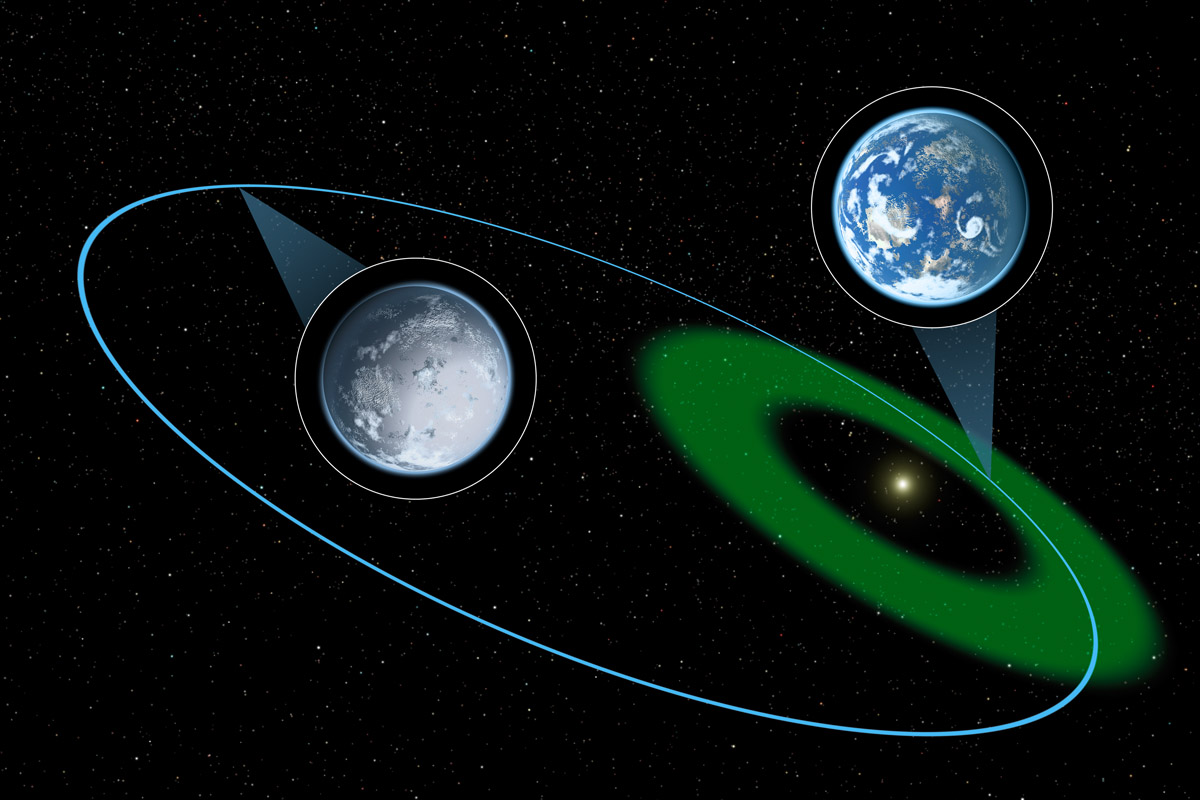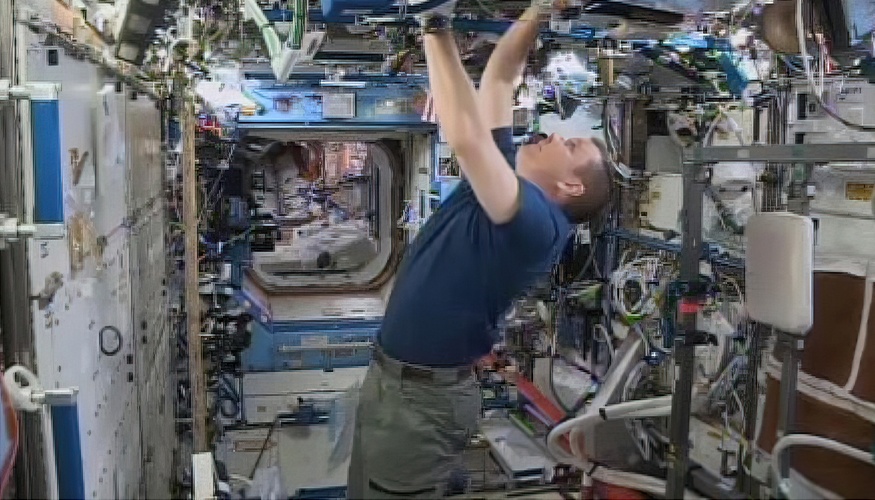Exoplanets have become quite the sensation over the last decade-plus, with scientists confirming new exoplanets on a regular basis thanks to NASA’s Kepler and TESS missions, along with the James Webb Space Telescope recently examining exoplanet atmospheres, as well. It’s because of these discoveries that exoplanet science has turned into an exciting field of intrigue and wonder, but do the very same scientists who study these wonderful and mysterious worlds have their own favorite exoplanets? As it turns out, four such exoplanet scientists, sometimes referred to as “exoplaneteers”, were kind enough to share their favorites with Universe Today!
Continue reading “Do Exoplanet Scientists Have Favorite Exoplanets?”What if we’re truly alone?
At least once, you’ve looked up at the night sky and asked the same longstanding question we’ve all asked at least once, “Are we alone?” With all those points of light out there, we can’t be the only intelligent beings in the universe, right? There must be at least one technological civilization aside from us in the great vastness that we call the cosmos.
Continue reading “What if we’re truly alone?”Why ‘Contact’ still resonates after 25 years

25 years ago, the film Contact made its theatrical debut starring Jodie Foster and Matthew McConaughey and told the story of Dr. Eleanor Arroway (Jodie Foster) who picked up a radio signal from the star Vega and how this discovery impacted not just herself, but humanity as a whole. Over time, she discovers the signal has embedded instructions sent by the aliens to build a device capable of sending one person into outer space, presumably to meet the Vegans.
Continue reading “Why ‘Contact’ still resonates after 25 years”Scroll Through the Universe with This Cool Interactive Map
Johns Hopkins University (JHU) continues to pad its space community résumé with their interactive map, “The map of the observable Universe”, that takes viewers on a 13.7-billion-year-old tour of the cosmos from the present to the moments after the Big Bang. While JHU is responsible for creating the site, additional contributions were made by NASA, the European Space Agency, the National Science Foundation, and the Sloan Foundation.
Continue reading “Scroll Through the Universe with This Cool Interactive Map”NASA’s MAVEN Witnessed Auroras as Multiple Solar Storms Crashed into Mars
After orbiting Mars for eight long years, NASA’s Mars Atmosphere and Volatile EvolutioN (MAVEN) spacecraft observed an extraordinary duo of auroras around the Red Planet that resulted from solar storms emanating from the Sun only a few days earlier on August 27. This observation is extraordinary since Mars lacks a global magnetic field so the solar flares must have been very powerful for MAVEN to detect them.
Continue reading “NASA’s MAVEN Witnessed Auroras as Multiple Solar Storms Crashed into Mars”The Sun Could Hurl Powerful Storms at Earth From its Goofy Smile

Our Sun is the very reason we’re alive. It provides warmth and the energy our planet needs to keep going. Now you can add photogenic to its illustrious résumé, as NASA recently photographed our giant ball of nuclear fusion doing something quite peculiar.
Continue reading “The Sun Could Hurl Powerful Storms at Earth From its Goofy Smile”Will Triton finally answer, ‘Are we alone?’

We recently examined how and why Saturn’s icy moon, Enceladus, could answer the longstanding question: Are we alone? With its interior ocean and geysers of water ice that shoot out tens of kilometers into space that allegedly contains the ingredients for life, this small moon could be a prime target for future astrobiology missions. But Enceladus isn’t the only location in our solar system with active geysers, as another small moon near the edge of the solar system shares similar characteristics, as well. This is Neptune’s largest moon, Triton, which has been visited only once by NASA’s Voyager 2 in 1989. But are Triton’s geysers the only characteristics that make it a good target for astrobiology and finding life beyond Earth?
Continue reading “Will Triton finally answer, ‘Are we alone?’”Searching for Life on Highly Eccentric Exoplanets
When we think about finding life beyond Earth, especially on exoplanets, we immediately want to search for the next Earth, or Earth 2.0. We want an exoplanet that orbits a star firmly in its habitable zone (HZ) with vast oceans of liquid water, and plenty of land to go around. An exoplanet like that most certainly has life, right? But what if we’re looking in the wrong places? What if we find life on exoplanets that don’t possess the aforementioned characteristics, i.e., Earth 2.0?
Continue reading “Searching for Life on Highly Eccentric Exoplanets”The International Space Station Gets a Clean Bill of Health. Despite a Few Opportunistic Microbes, the Station is “Safe” for Astronauts
In a recent study published in Microbiome, a team of researchers led by NASA’s Jet Propulsion Laboratory conducted a five-year first-of-its-kind study investigating the microbiome (environmental profile) of the International Space Station (ISS). The purpose of the study was to address “the introduction and proliferation of potentially harmful microorganisms into the microbial communities of piloted spaceflight and how this could affect human health”, according to the paper.
Continue reading “The International Space Station Gets a Clean Bill of Health. Despite a Few Opportunistic Microbes, the Station is “Safe” for Astronauts”Would Mark Watney Have Survived in Real Life, and What This Can Teach Us About Sending Humans to Mars
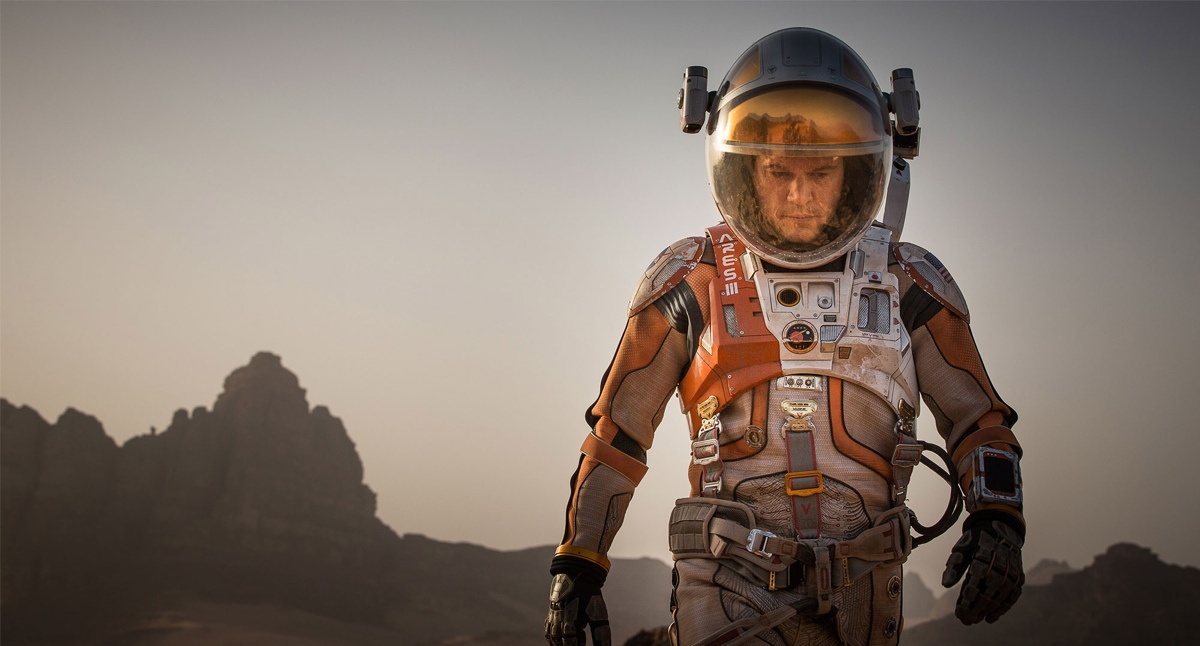
We want to send humans to Mars eventually, and while this will be both a historic and exciting journey, it could also be tragic and terrible, and we must also address the potential pitfalls and risks of such an adventure. The intent behind this is to allow fans of space exploration to consider the full picture of such an endeavor. The good, the bad, and the ugly.
Continue reading “Would Mark Watney Have Survived in Real Life, and What This Can Teach Us About Sending Humans to Mars”
